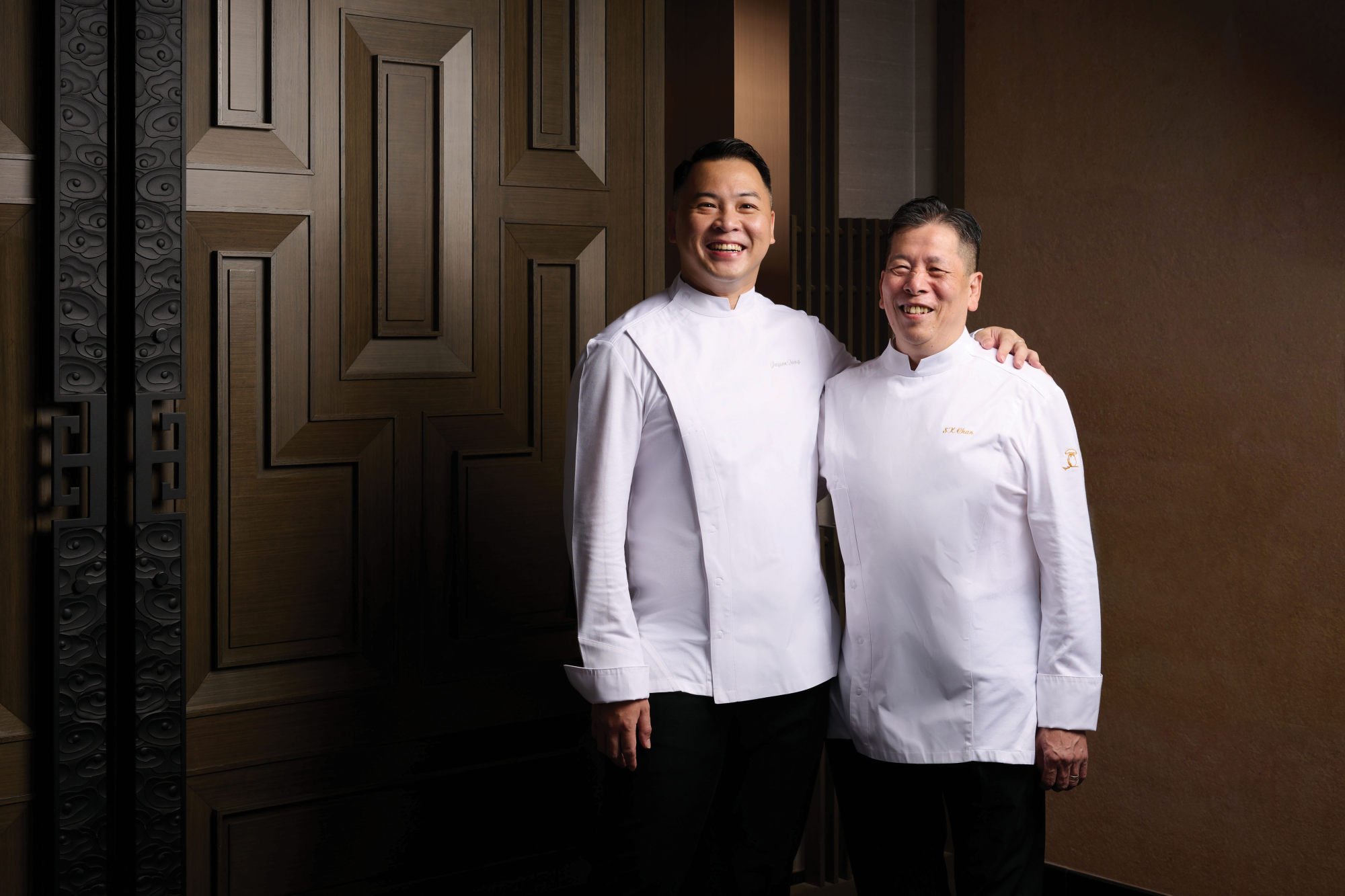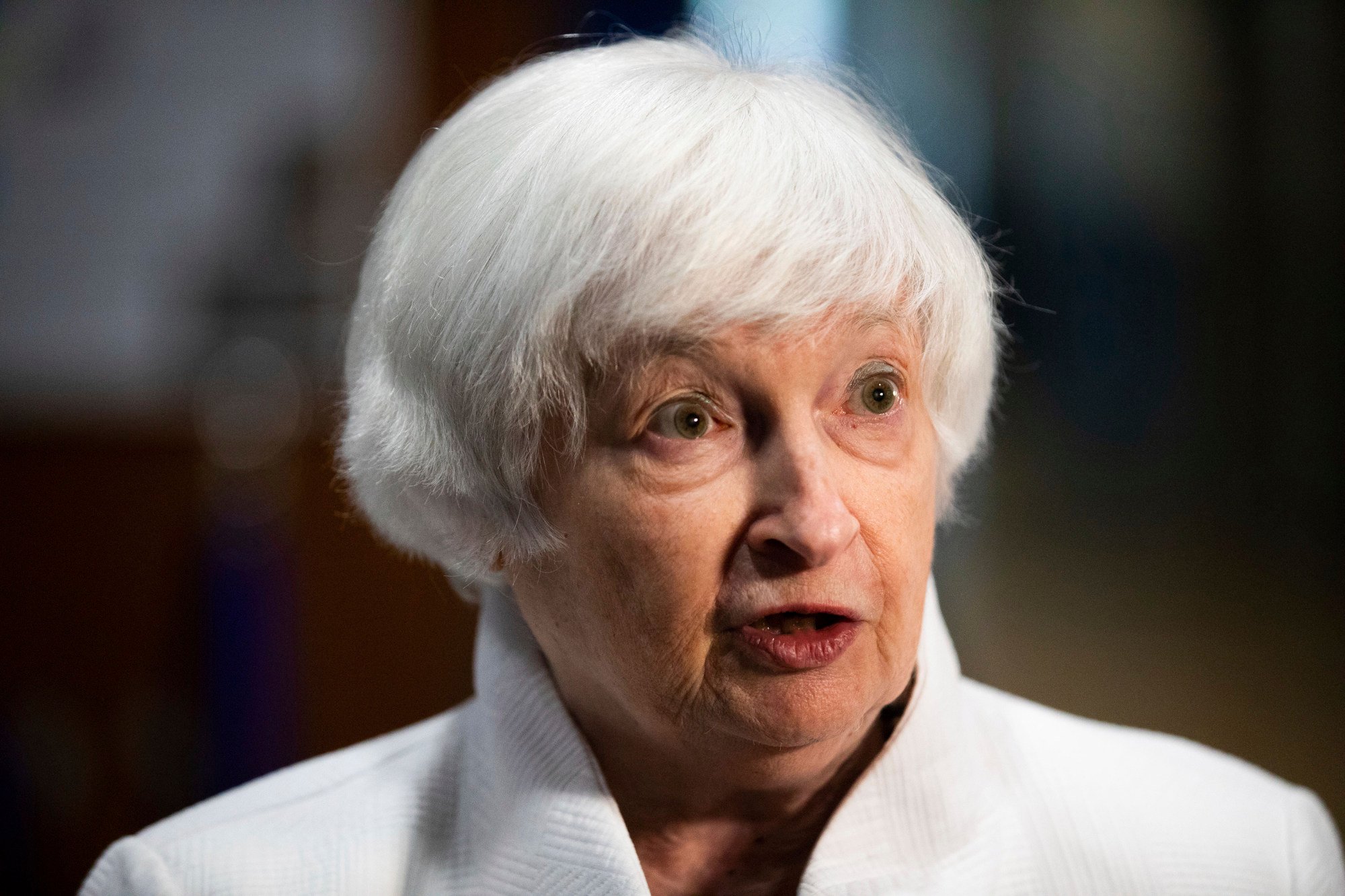They are a staple in every Asian family home and arguably more important than the perennial can of baked beans in the pantry.
Pre-packaged dried mushrooms are a versatile ingredient that give many Asian dishes a distinctive flavour, and are often used in soups, stews and stir-fries.
When we throw a few of these into a bowl of hot water to rehydrate them for cooking, most of us don’t give them a second thought.
Most cases of people eating poisonous mushrooms are usually when they go foraging by themselves or with an inexperienced guide
“The chances are almost zero,” says Nelson Wong, owner and founder of J’s Garden, a retailer and importer of mushrooms from China.

He adds: “The pre-packaged mushrooms still contain anywhere between six and 15 per cent water, so, depending on humidity and storage conditions, there is a chance mould will grow.
“But the health risks are like [those for] any other ingredient that grows mould and can be less than those for carrots and button mushrooms, because dried shitakes are usually eaten cooked.”
A public service pamphlet produced by Hong Kong’s Centre for Food Safety (CFS) titled “Food Poisoning Related to Mushrooms” gives the same advice, and says: “While dried edible mushrooms do not contain toxins, soaking them promotes bacterial growth if not handled properly.”
Why you should never say ‘yummy’ in Hoi An, Vietnam’s food capital
Why you should never say ‘yummy’ in Hoi An, Vietnam’s food capital
The government body advises cooks to put mushrooms being soaked overnight into the fridge, and to avoid using dried mushrooms that show signs of spoilage – such as discoloured spots, an abnormal smell, or a slimy texture.
Wong says: “Most cases of people eating poisonous mushrooms are usually when they go foraging by themselves or with an inexperienced guide, and it results in hospitalisation. On very rare occasions does consumption of what’s foraged result in death.”
The CFS pamphlet also advises against eating foraged mushrooms, and provides the same advice as Wong: “Do not pick wild mushrooms for consumption, as distinguishing edible mushrooms and inedible species or their toxic metabolites is difficult.”
Chan Siu-kei, also known as Hong Kong’s “father of fungi”, was the first chef to incorporate exotic mushrooms from China in a banquet-style menu, at Celestial Court Chinese Restaurant in the Sheraton Hotel, Tsim Sha Tsui, 20 years ago.

“When I went to Yunnan, people there would only eat mushrooms with hotpot. Hongkongers only ate dried shiitake and the Japanese would usually grill matsutake,” says Chan, who is now retired.
“There weren’t a lot of people using porcini, matsutake, termite mushrooms in Chinese cuisine or had even heard of Yunnan black truffles at all.”
Chan and his chef in charge of roast meats created a dish of roasted suckling pig stuffed with glutinous rice and black truffles. A recipe he has refined with Jayson Tan, executive Chinese chef of Man Ho, will be available for pre-order at that restaurant in the JW Marriott hotel in Admiralty until September 30.

Lee Man-sing is another fan of Yunnan’s wild mushrooms. The group Chinese executive chef of Mott 32 restaurant in Central, Hong Kong, says: “I have spent more than 10 years working with wild mushrooms and I visited Yunnan in person years ago.
“Not all mushrooms are poisonous; ones like matsutake are safe to eat raw and termite mushrooms are also safe to eat with any cooking method.”
He suggests cooking porcini mushrooms thoroughly to make them more digestible.
A recent CNN interview with US Treasury Secretary Janet Yellen sparked a “magic mushroom” craze in China after she reported dining in Yunnan, where she ate a meal containing jian shou qing, a species of hallucinogenic mushroom. The mushroom has since sold out across China.

“Jian shou qing is actually safe to eat after cooking it thoroughly,” says Chan. “People in Yunnan would slice it thinly and cook it with garlic and chilli. These are two very important ingredients to use with the mushrooms to reduce their toxicity.”
Asked if he would serve this in Hong Kong, the “Father of Fungi” says he would not take the risk, since he could not be sure that all the chefs in his kitchen would get its cooking right 100 per cent of time.
It’s a sentiment shared by Wong. “I wouldn’t even import jian shou qing, even if it is safe to eat when properly treated. I can’t be sure my customers would get it right all the time.”

